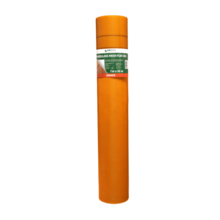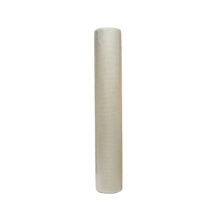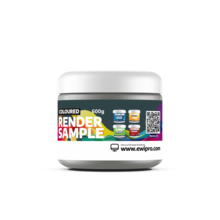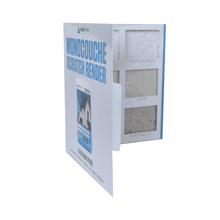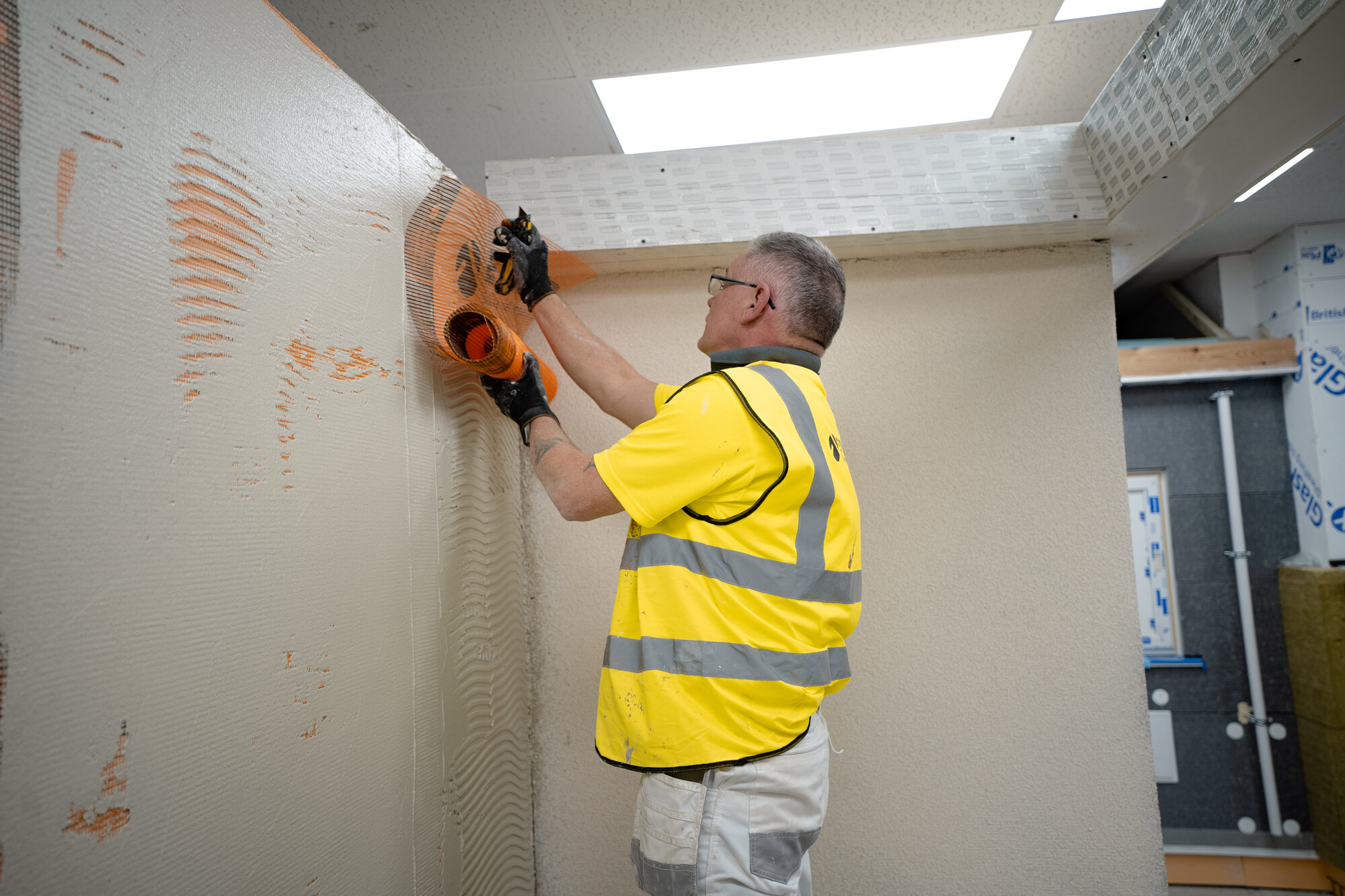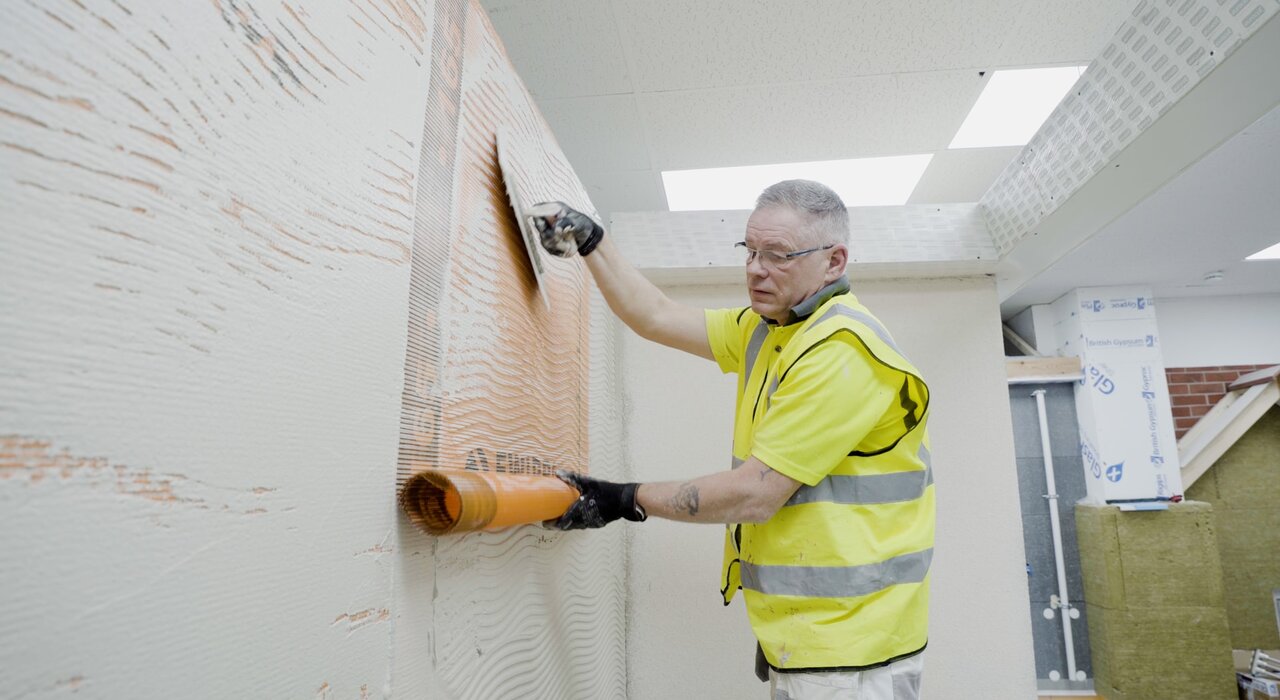
External wall insulation systems have become a popular solution in building conservation and refurbishment projects. EWI systems offer improved energy efficiency, reduced heating costs, and revitalised facades. One key component of these systems is mesh, which enhances durability, strength, and longevity. This article explores the importance of mesh in EWI systems. It will also explore how it contributes to a sustainable and robust building envelope.
What is fibreglass mesh?
Mesh, typically made of alkali-resistant glass fibre, is a vital component embedded in the base coat of the insulation system. This specially designed material features a woven structure that allows it to provide added strength and stability to the EWI system while maintaining its inherent flexibility. The alkali-resistant glass fibre ensures the mesh can withstand the alkaline environment of cementitious renders, preventing degradation over time.
The mesh serves multiple purposes within the insulation system. Firstly, as reinforcement, it strengthens the basecoat by distributing stresses evenly across the surface. This reduces the risk of cracks forming due to thermal expansion and contraction, structural movement, or impact. This reinforcement also increases the system's durability, ensuring a long-lasting and robust building envelope.
Secondly, the mesh enhances the impact resistance of the EWI system, protecting it from damage caused by weather, natural elements, or human intervention, such as accidental impacts or vandalism. Its flexible yet robust structure absorbs and distributes the force of impact, preventing damage to the insulation and maintaining the system's integrity.
Moreover, the mesh's inherent flexibility allows it to accommodate minor substrate movements, preventing the EWI system from cracking or debonding. This adaptability is crucial in safeguarding the insulation system from the stress and strain that buildings typically undergo. These stresses are due to temperature fluctuations, structural settling, and other environmental factors.
In addition to these benefits, mesh improves adhesion between the insulation boards and the render. Its woven structure creates a strong bond with both the insulation boards and the render, ensuring a secure, long-lasting connection that minimises the risk of delamination or debonding. This, in turn, contributes to the overall energy efficiency and durability of the EWI system.
What are the benefits of including mesh in EWI systems?
Incorporating mesh into an EWI system provides several benefits, such as enhanced durability, improved energy efficiency, breathability, aesthetic appeal, and environmental sustainability. By reinforcing the basecoat and evenly distributing stresses, the mesh creates a robust facade that requires less maintenance and repair. Mesh also ensures a secure bond between insulation boards and render, contributing to an even thermal envelope that prevents heat loss. This, in turn, improves the building's energy efficiency.
Breathability is another critical aspect of EWI systems, especially for older buildings or new constructions emulating heritage features. Mesh allows moisture to escape from the interior, preventing dampness issues and promoting a healthier living environment. Additionally, mesh provides a stable base for the render, resulting in a smooth, crack-free finish. With various render finishes and colours available, EWI systems can be tailored to match the existing facade or create a unique design. EWI Store offers colour tinting to any RAL, NCS, or custom colour. We also offer our Silicone Renders in various render sizes. Therefore, the opportunity to customise is endless. Thankfully, we can supply various render samples that display the customisable nature of our renders. Mesh contributes to the sustainability of EWI systems by reducing the need for frequent maintenance and repairs. As a result, the building's carbon footprint is far lower.
Choosing the right mesh for your EWI system is crucial for achieving optimal performance, durability, and sustainability. Factors to consider when selecting mesh include alkali resistance, mesh weight, the building's exposure to natural elements, human intervention, and potential structural movement. Alkali-resistant glass fibre is ideal for withstanding the alkaline environment of cementitious renders and preventing degradation.
What if you don’t have mesh in your system?
If you don't incorporate mesh in your EWI system, several issues may arise, affecting the performance, durability, and overall integrity of the system. Some potential problems include:
Cracking: Without mesh to reinforce the base coat and distribute stresses evenly, the EWI system is more susceptible to cracking. This can result from thermal expansion and contraction, structural movement, or impact. Cracks can compromise the insulation's effectiveness and allow moisture ingress, leading to potential water damage and reduced energy efficiency.
Reduced Impact Resistance: In the absence of mesh, the EWI system's impact resistance is significantly diminished. This makes the system more prone to damage caused by weather, natural elements, or human intervention, such as accidental impacts or vandalism.
Debonding: Mesh enhances the adhesion between the insulation boards and the render. Without it, the bond may be weaker, leading to potential debonding or delamination of the render from the insulation boards. This not only compromises the system's performance but also increases the risk of damage and the need for repairs.
Less Flexibility: Mesh adds flexibility to the EWI system, allowing it to accommodate minor substrate movements without cracking or debonding. Without mesh, the system may be more rigid and less capable of handling these movements, increasing the likelihood of failure.
Poor Aesthetic Appeal: A mesh-reinforced base coat provides a stable, crack-free surface for the render. If the mesh is not used, the render may develop cracks or other surface imperfections over time, reducing the aesthetic appeal of the building.
Increased Maintenance and Repair Costs: EWI systems without mesh are more prone to damage and failure, resulting in more frequent maintenance and repairs. This can lead to higher long-term costs and disrupt the occupants of the building.
Compromised Breathability: Mesh can help maintain the breathability of EWI systems, ensuring that moisture can escape from the building's interior. In the absence of mesh, this function might be compromised, leading to dampness issues and a less healthy living environment.
So what's the verdict?
Ultimately, fibreglass mesh is crucial to any external wall insulation system. However, we also recommend it for render-only systems as it promotes durability and prevents cracking. Your facade will be suspect to that in any system therefore fibreglass mesh is highly recommended. EWI Store's Orange Fibreglass Mesh does come with an added benefit in that there is a strip that indicates the overlay required. The mesh has two tram lines on it, painted in black, which simplifies installation. Our partners at EWI Pro have a library of technical drawings including how to overlap fibreglass mesh.
If you have any other questions about our mesh, leave us a comment!

